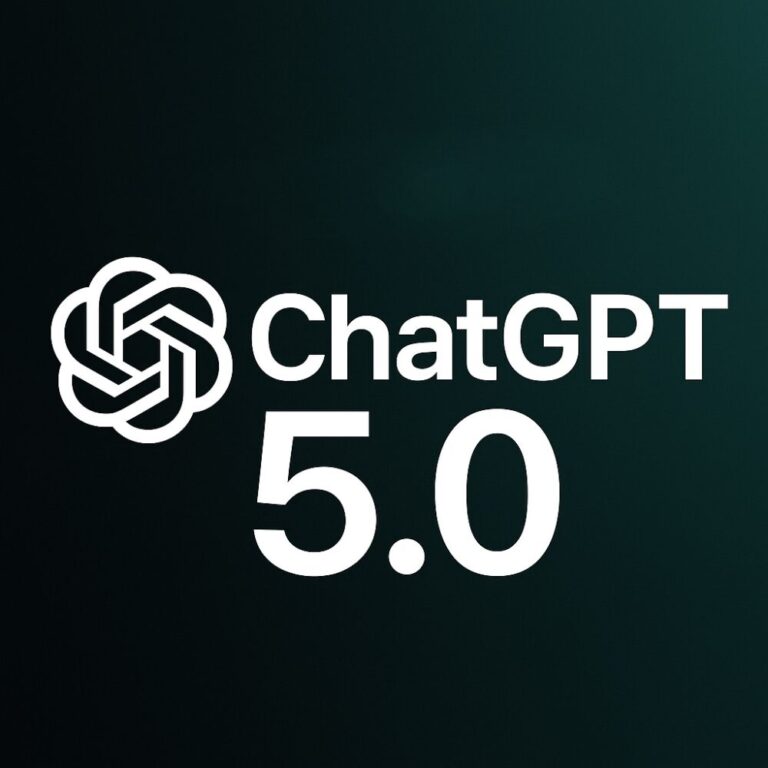Posted inInsights
AAV/lentiviral vector capacity
Overview: AAV/lentiviral vector capacity — context, definitions, and current market posture. What is AAV/lentiviral vector capacity? AAV/lentiviral vector capacity refers to the global manufacturing infrastructure and throughput for adeno-associated virus (AAV) and lentiviral gene delivery systems. As of 2025, there are 28 cGMP-certified production sites across the US and EU dedicated to viral vector manufacturing, supported by $950 million in automation investments. These facilities collectively produce…

